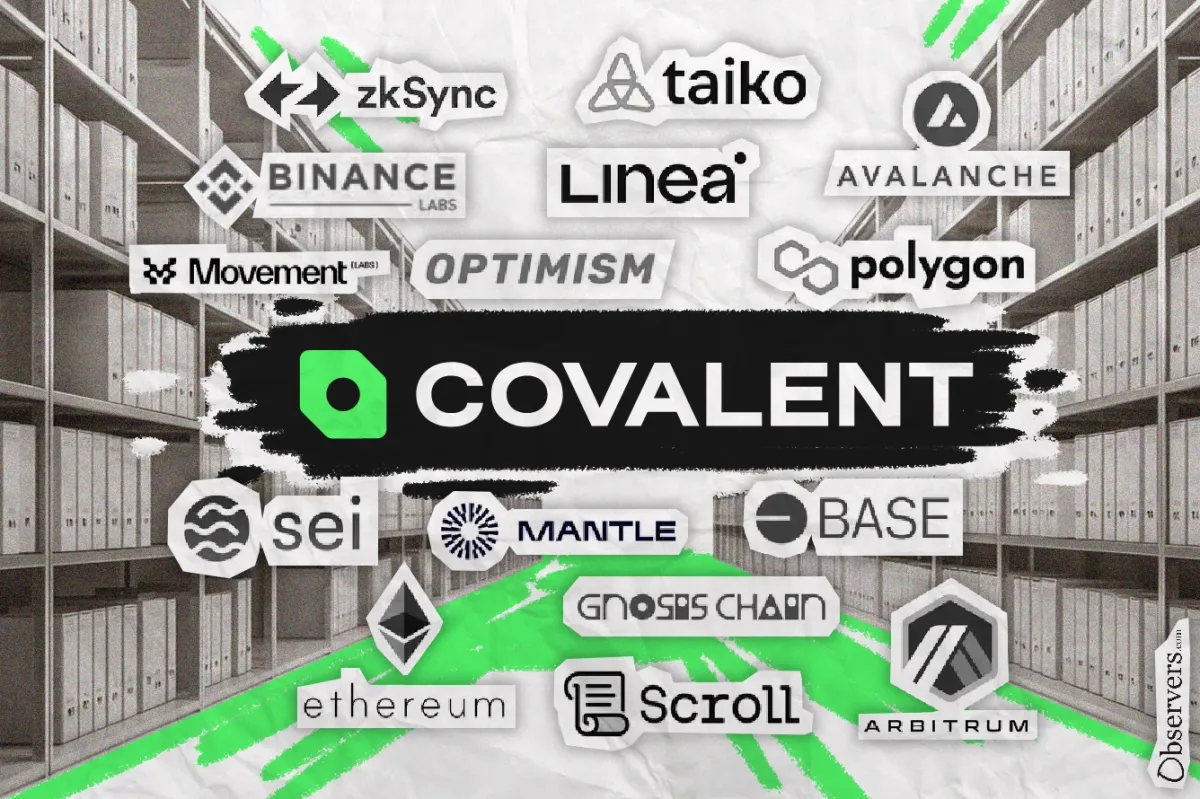
Covalent has announced the launch of the EWM Light Client, a new component of the Ethereum Wayback Machine. This client is specifically designed to ensure the secure and decentralized verification of Ethereum’s historical data.
Covalent is one of the few projects in the space addressing Ethereum’s long-term data availability problem. Essentially, “long-term data availability” refers to ensuring simple access to all historical transactional data on Ethereum.
Historically, Ethereum has stored all transaction data within its blockchain. However, plans are underway to change this practice by eliminating as much data as possible to streamline the network.
At the moment, Ethereum does not store Layer 2 transactional data indefinitely. L2 transactions, recorded in “blobs,” are only stored for 4,000 epochs (18 days). This means that transactional data can be lost forever if not recorded by anyone.
Additionally, Ethereum plans a “Purge,” which is slated for the next update. It will remove old and unnecessary network history, thereby reducing the storage burden and technical debt for node operators. After the Purge is implemented, nodes will no longer be required to store transactional data older than 365 days. This measure is expected to enhance the decentralization of the network.
While pruning data helps decrease node requirements, it also creates a significant issue: access to historical transaction data becomes nearly impossible. This undermines the core premise of blockchains, where historical transactions should always be verifiable.
Unfortunately, no current data availability layers, such as Celestia, Avail, and Eigen DA, effectively address this problem. According to Ganesh Swami, CEO of Covalent, these data availability projects function more like billboards than databases. They keep data on the blockchain only for the challenge window, and once the challenge window closes, the data is deleted. This is a fundamental flaw.
However, Covalent plans to deliver the solution. The Ethereum Wayback Machine and its EWM Light Client aim to ensure that Ethereum remains verifiable in the future. By bringing together fragmented data while maintaining decentralization, these solutions adhere to the original vision of the blockchain.
Currently, the EWM Light Client is being tested, and users can sign up for the RUN EWM waitlist to participate. This client is built to verify proofs within the Covalent Network without relying on expensive, high-powered nodes. Instead, it allows many smaller, independent participants to contribute. Light clients can even be run on a single laptop, offering an opportunity for everyone to be part of the Ethereum Wayback Machine.
The mainnet phase of the EWM is scheduled for November 2024, marking a significant step towards improved long-term data availability for Ethereum.

